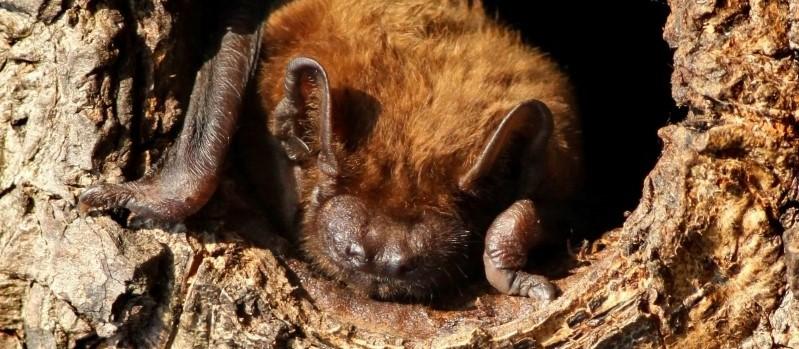
Breeding
Mating occurs at the end of the summer when a male might breed with numerous females. A maternity colony is formed in the following Spring, and females usually give birth to a single pup in June or July.
Where do they live in the Forest?
Widespread throughout the Forest, they mainly roost in holes in trees.
Natural predators
Birds of prey such owls which are active at night when bats are flying.
Spotting tips
You are most likely to see them flying at dusk between April and November, feeding on insects over the tree canopy.
Not to be confused with
Due to their size and strong aerial skills, noctules can be mistaken for swifts when in flight.
Conservation Status
Protected in the UK under the Wildlife and Countryside Act, 1981. European Protected Species under Annex IV of the European Habitats Directive.
How you can help
One of the biggest threats to all bat species is the loss and fragmentation of habitat. One way you could help is to become a Friend of the Forest and support our work creating and maintaining habitats for wildlife.



